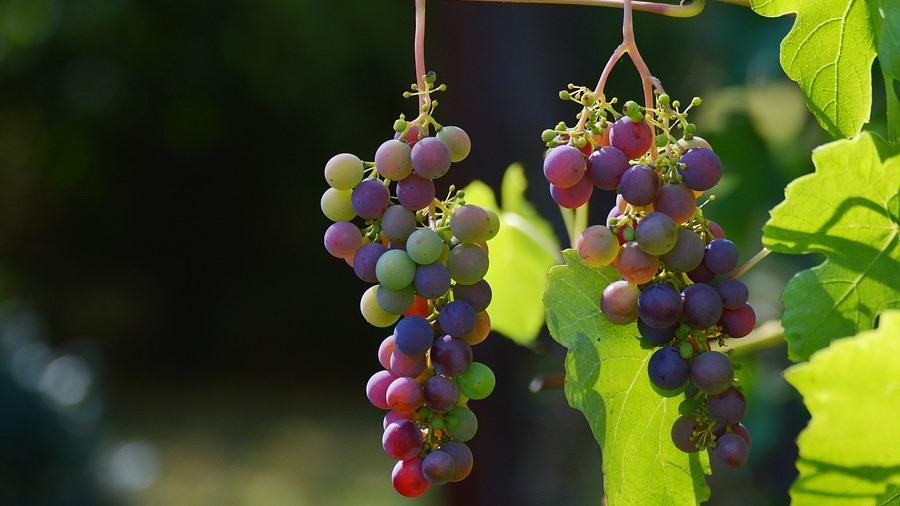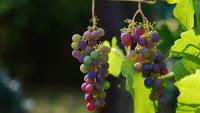You are here
Back to topArgentina’s Table Grapes Formally Approved for Sale in China

On Dec. 13, China’s General Administration of Customs issued a notice on its website announcing that customs-compliant table grapes from Argentina will formally be allowed to enter China.
The notice also specified that there would be quarantine requirements for these imported grapes. The listed requirements additionally called for imported grapes to maintain a core temperature of either 1°C (33.8°F) or less for at least 16 days or 2.1°C (35.8°F) or less for at least 21 days.
Argentina and China began negotiating grape exports back in 2012, and the two countries have now finally reached an agreement. Every year in February and March, Argentina holds a local grape festival to celebrate the abundant harvest. Two of the most well-known participants are the San Juan and Mendoza vineyards. The former mainly produces grapes for local markets, whereas the latter is a major producer of grapes for export. However, owing to declining grape exports over the last decade, growers in both market sectors hope to modernize their grape varieties, such as by cultivating and commercializing seedless grapes.
According to reports, Argentina experienced a golden age of grape exports in 2008, although the quality of these exports subsequently declined owing to the global economic crisis. Table grape cultivation requires approximately three times as much human labor as that needed for wine grape production.
In 2017, Produce Report interviewed the president of the Argentinian Association of Independent Vineyards and chief farmer of Vitícola Cuyo, Juan José Ramos. He explained that San Juan, located in the north of Argentina, is “a grape-growing paradise”. The entire San Juan region produces grapes throughout the year with a total production of approximately 100,000 metric tons, accounting for 90% of Argentina’s total grape production. Vitícola Cuyo is a vineyard with 500 hectares of fertile land planted with grape varieties such as Red Globe, Royal Seedless and Victoria. Ramos was very optimistic about the future of seedless grapes in the Chinese market, as they have found favor among local consumers in Russia, Brazil and Canada since their first exports to these markets.
China’s General Administration of Customs also approved Argentinian blueberries for import at the end of October 2018. Argentina’s cherries received approval at the beginning of 2019, and the two countries have now signed off on grape imports. In October 2019, Argentina also reached a trade agreement with Thailand in order to avoid competition with Chile, a well-established grape producer, in the Chinese market. Regarding general fruit exports, Argentina has made rapid progress in entering more diversified and emerging markets, including China.
Image: Pixabay
This article was translated from Chinese. Read the original article.












